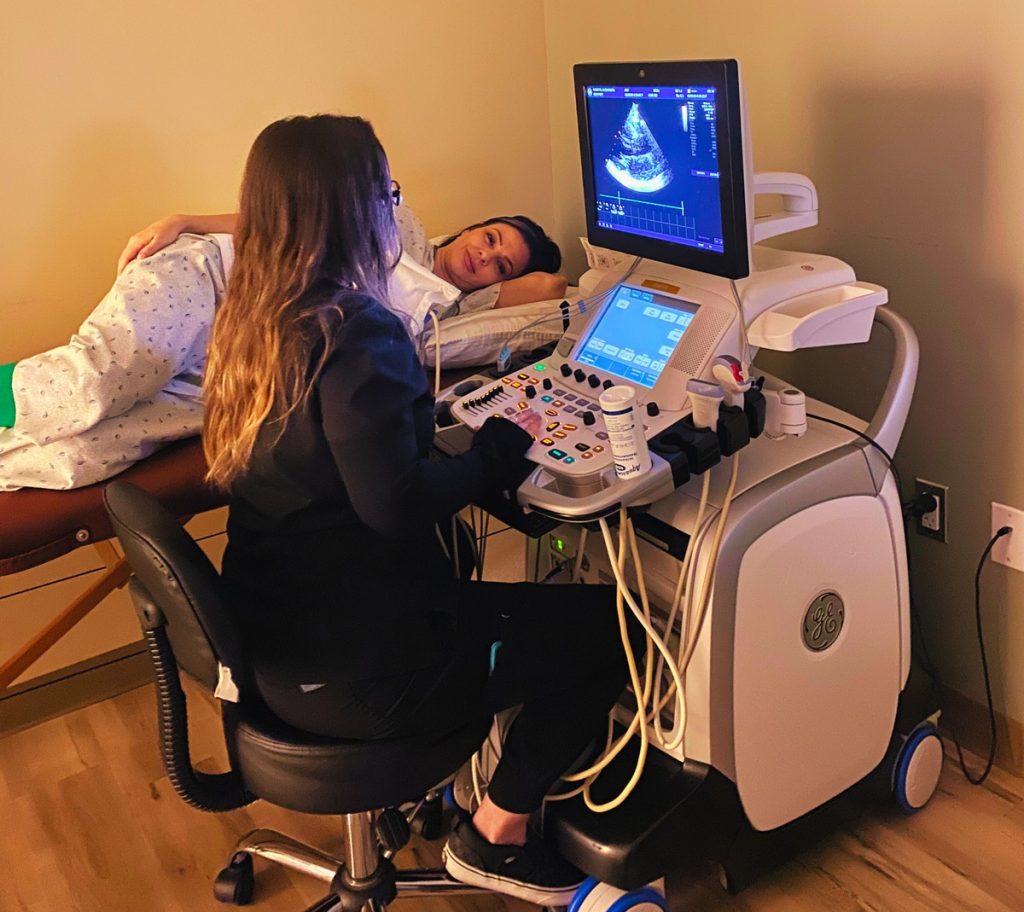Assessing Your Risk of Heart Disease
- Bobby Banahan
- Jan 15, 2021
- 3 min read
Heart disease is currently the leading cause of death for American men and women, but there are many steps you can take to help protect yourself and lower your risk of developing it. Part of preventing heart disease involves understanding what your risk factors are and then modifying your diet and lifestyle accordingly to help alleviate them.
Heart disease risk factors often vary substantially from one individual to the next, but your risk of developing heart disease is often higher if you have one or more of the following risk factors.
Heart Disease Risk Factors
Older Americans face higher risks of heart disease than younger ones. As a man, you face an elevated risk of heart disease once you reach the age of 45, while as a woman, your risk increases once you reach age 55. Both men and women can reduce their heart disease risk by increasing their levels of physical activity.
Family history may, too, play a role in determining your heart disease risk. If your family has a history of early-onset heart issues, your chances of experiencing the same increase. Other factors that elevate your chances of experiencing heart disease include smoking, having high blood pressure or high cholesterol, or being overweight.
If you have diabetes or prediabetes, or if you have a history of unhealthy eating behaviors, such circumstances may also elevate your chances of heart disease. The same holds true if you are female and had preeclampsia during pregnancy, meaning you had pregnancy-related high blood pressure and an excess of protein in your urine while carrying your baby.
Women and Heart Disease
Research shows that heart disease impacts women somewhat differently than men. While it is the leading cause of death for both, women tend to develop or experience heart disease later in life, and particularly after they undergo menopause.
If you are a woman who went through menopause early, this may double your chances of developing heart disease. You may also find that you develop other heart disease risk factors as you approach and move through middle age, such as high blood pressure or a decline in your physical fitness levels. As mentioned, you may also have a heightened chance of heart disease if you had preeclampsia while pregnant. While there is little you can do about preeclampsia, itself, it may benefit you to make efforts to lower other risk factors you can control to diminish your overall risk.
Working With Your Doctor to Lower Your Risks
So, what can you do to decrease your chances of developing heart disease? First, have your doctor conduct a risk assessment to examine your chances of having a heart attack or stroke or dying from heart disease within the next 10 years. He or she may use something called a risk calculator to do so.
Because your degree of risk may change from one year to the next, it is wise to undergo this type of assessment at regular intervals throughout your life. When working with your doctor, ask him or her about whether your weight or Body Mass Index is making you more susceptible to heart disease or heart attacks. Finding out your cholesterol numbers and blood sugar levels may also help you get a better sense of your risks and what you might need to do to reduce them.
Your physician may also be able to help you enact lifestyle changes that reduce your risk of heart disease even further. Ask your doctor to recommend certain types of exercise, or to offer insight as to how much exercise you need, to help reduce your risk of heart disease. He or she should also be able to advise you as far as what heart-healthy foods you should incorporate more of into your diet.
While you may not be able to control all of your heart disease risk factors, the more you learn to manage those you can control, the better your chances of protecting your heart and health.



Comments